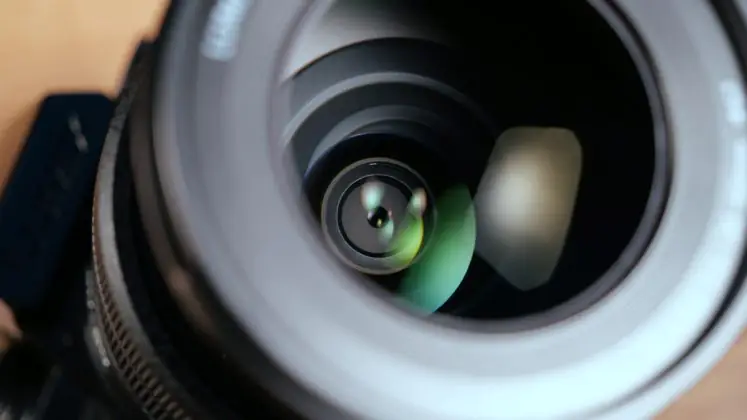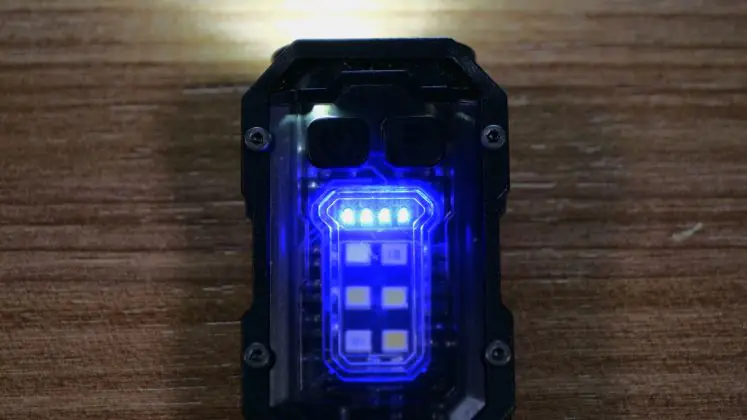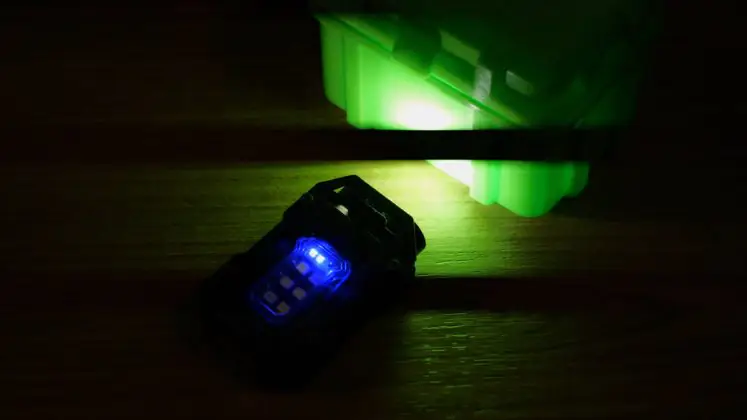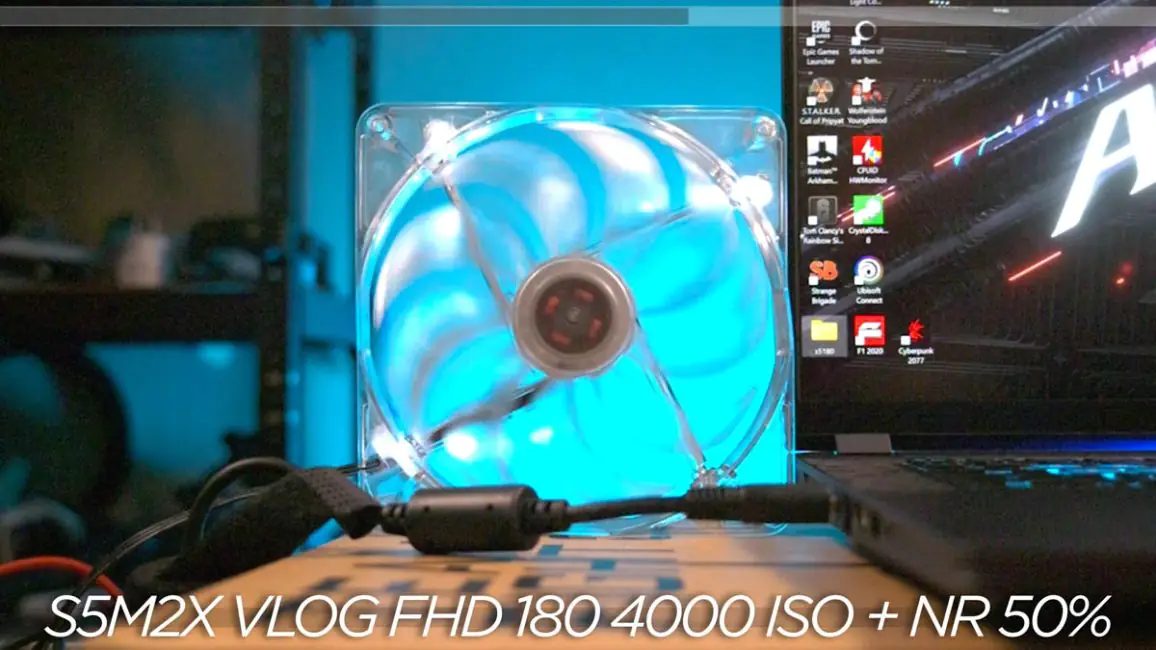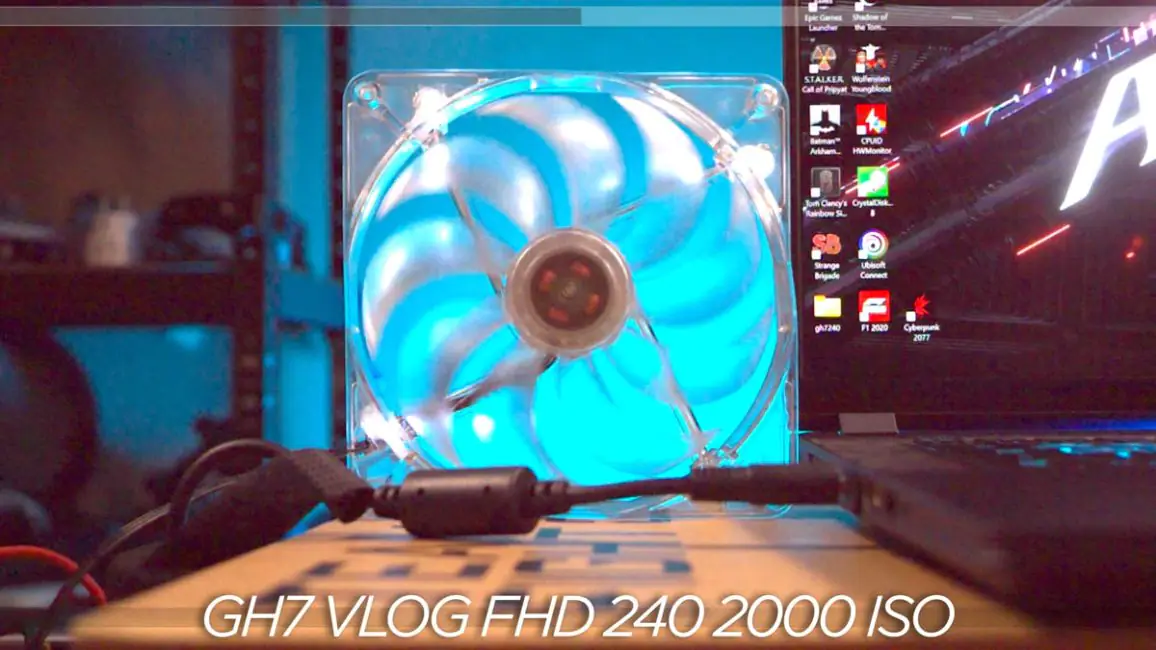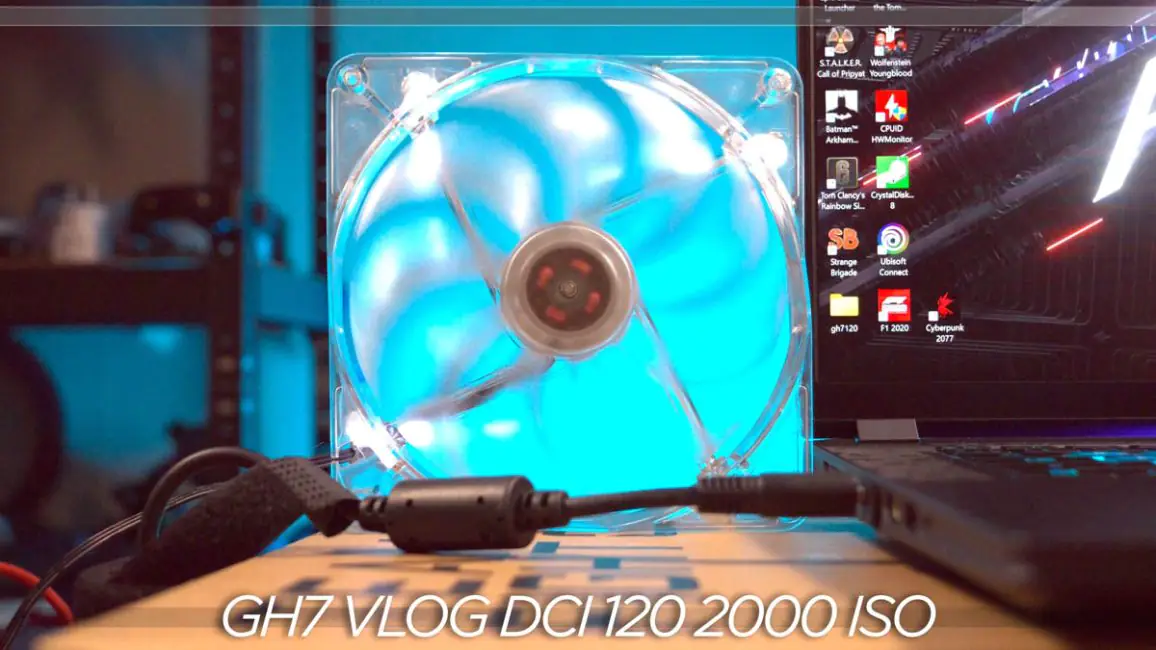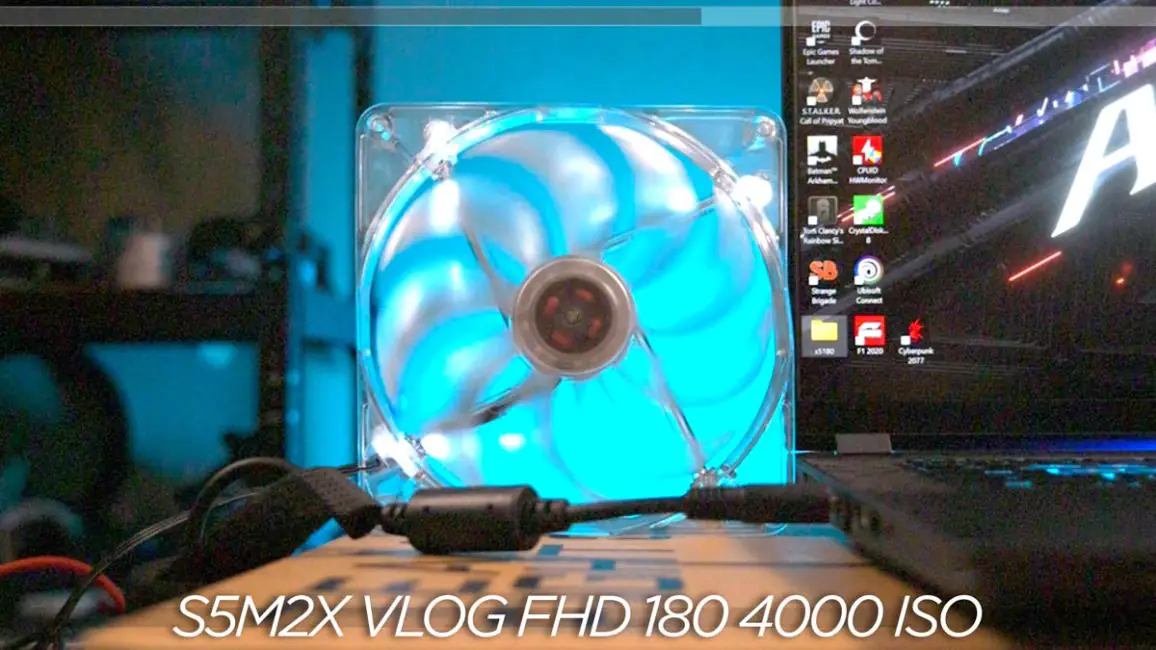© ROOT-NATION.com - Use of content is permitted with a backlink.
Before diving in, it’s important to provide some context and explain why I’m reviewing a kit lens at all. My current setup includes two lenses for the Micro Four Thirds (MFT) system: the premium Panasonic Leica DG Vario-Summilux 10-25mm f/1.7, which costs around 60,000 UAH, and the kit lens—Panasonic Leica DG Vario-Elmarit 12-60mm f/2.8-4 ASPH. POWER O.I.S. For simplicity, I’ll refer to the latter as the Panasonic Leica DG Vario-Elmarit 12-60 throughout this review.
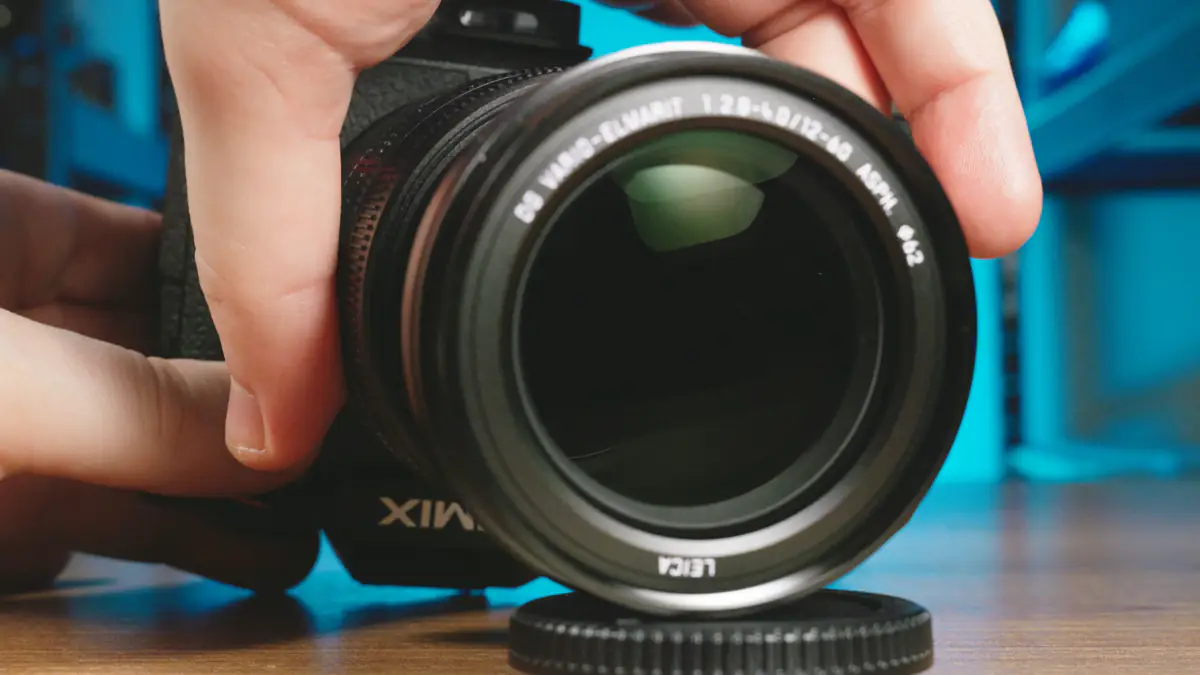
Specifications
- Construction: 14 elements in 12 groups (4 aspherical lenses, 2 ED glass lenses)
- Mount type: MFT (Micro 4:3)
- Optical image stabilizer: yes (POWER O.I.S.)
- Focal length: 12-60 mm
- Equivalent to a camera with 35mm film: 24-120 mm
- Aperture type: 9-blade/circular aperture
- Maximum aperture: F2.8 – F4.0
- Minimum aperture: F22
- Minimum focusing distance: 0.20 m (12 mm focal length) or 0.24 m (60 mm focal length)
- Maximum magnification: ~0.3x
- Diagonal viewing angle: 84° to 20°
- Weather protection: splash, dust and cold protection
- Filter size: 62 mm
- Maximum diameter: 68.4 mm
- Overall length: ~86 mm
- Weight: ~320 g
Given the limited time I had with the Panasonic Lumix GH7, I wasn’t sure if I’d have the opportunity to produce two reviews or just one. Naturally, I was inclined to focus on the $1400 lens—it’s undeniably more intriguing to explore what such an expensive lens can offer on a relatively “affordable” platform like MFT.
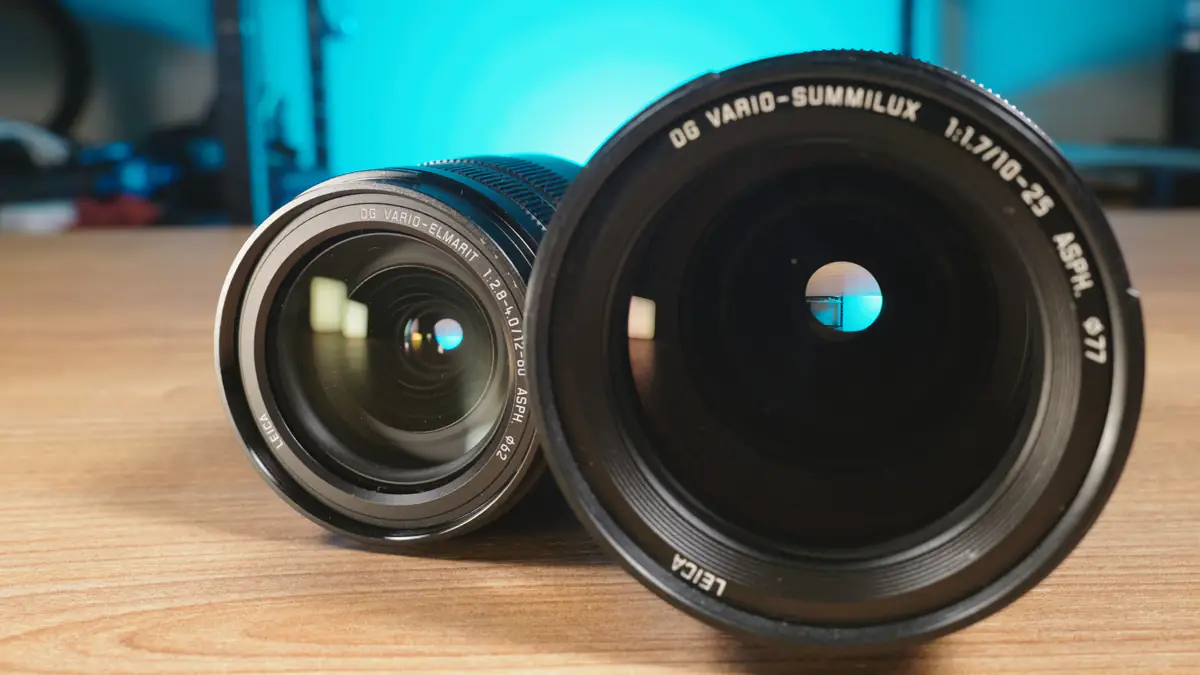
That certainly seemed more compelling than reviewing a kit lens—or at least, it should have been.
Video review of Panasonic Leica DG Vario-Elmarit 12-60

The first reason
I shifted my priorities for three reasons. First, after reviewing the GH7 (the script is already written, though I’m not sure when the editing will be done), I stopped viewing MFT as a “budget” sensor altogether. Without the “artificial limitations” I impose in my studio setup, the GH7 stands head and shoulders above the S5 IIX in terms of functionality.
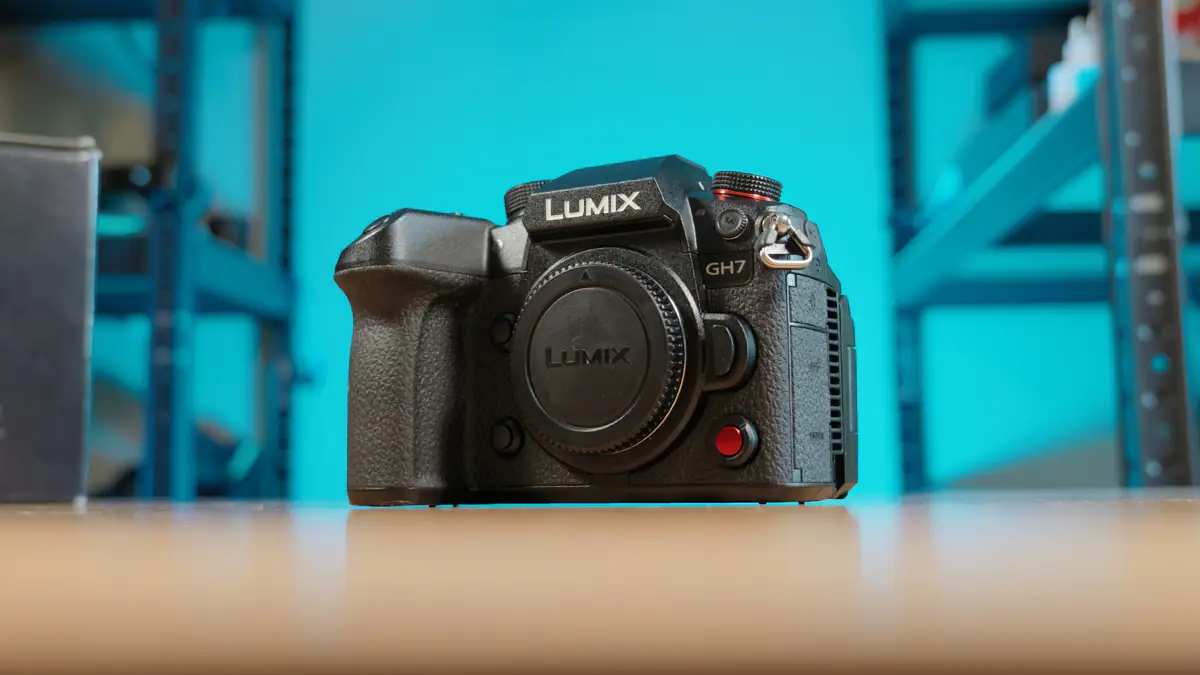
Even when it comes to used models, the distinction isn’t so clear. Sure, you can find a Panasonic G7 for around $270. But if you’re set on full-frame, you can get a Canon EOS 6D for about $350, or even a Sony A7 Mark I for $470. In other words, it’s time to drop the “budget” label for MFT. MFT cameras aren’t inherently cheap, and full-frame cameras aren’t necessarily expensive.
The second reason
The second reason follows directly from the first. How much can a kit lens for a Micro Four Thirds camera cost? Sure, the Panasonic Lumix GH7 is an expensive camera, so its kit lens shouldn’t be cheap either. But consider the Lumix S5 IIX—its kit lens is priced at around $425. What are the chances that the GH7’s kit lens would cost more? As it turns out, they’re quite high. The Panasonic Leica DG Vario-Elmarit 12-60mm lens is priced at $830 or €800.
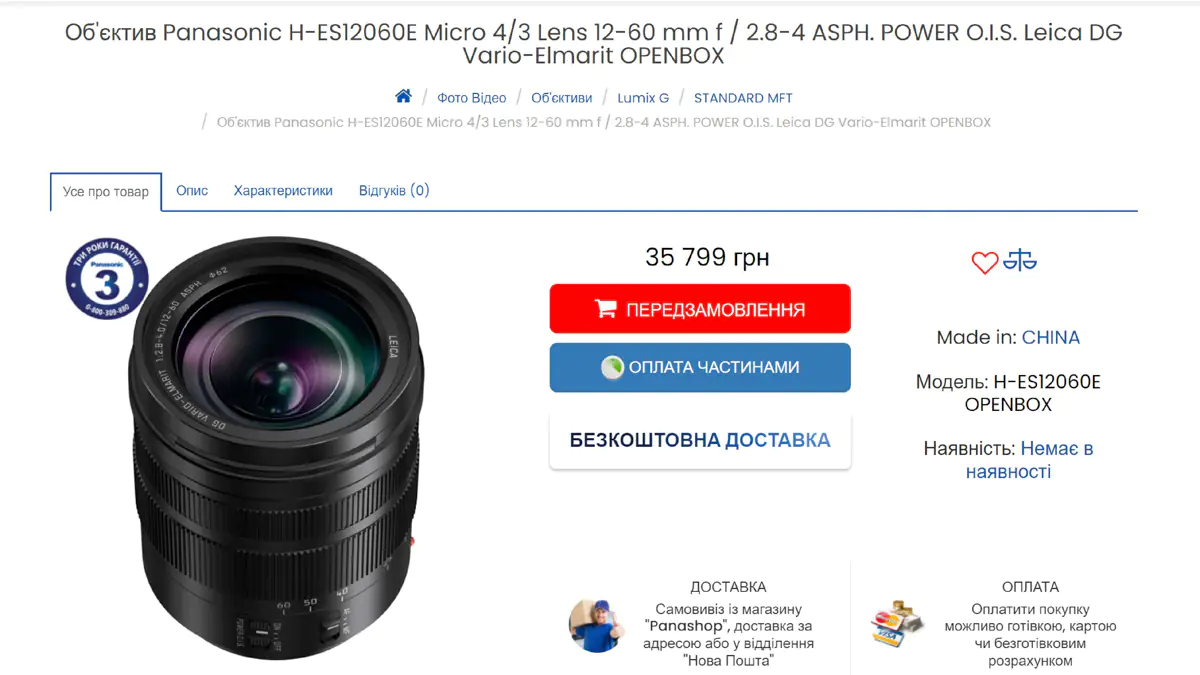
This makes it one of the most expensive kit lenses in its class—and arguably one of the most expensive kit lenses in the world.
The third reason
The third reason I decided to pay attention to this lens is that I was looking through PetaPixel’s ranking of kit lenses. The top spot was claimed by the Canon EF 24-105mm f/4L IS—a well-deserved position for a truly legendary lens. And…
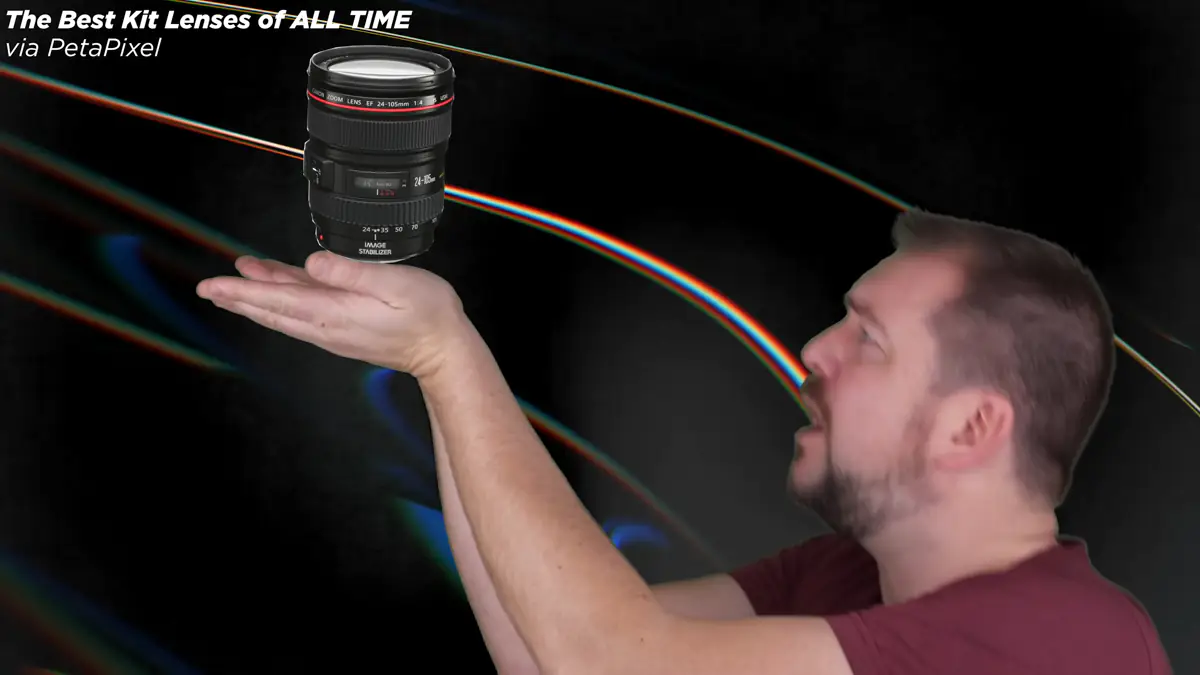
At this point, I was going to argue that the Leica Elmarit should also be in the ranking—right at the top. However, it seems I missed something when watching the video the first time. The Elmarit actually is in the ranking, just in third place. And okay, in second place is the Fujifilm 18-55mm f/2.8.
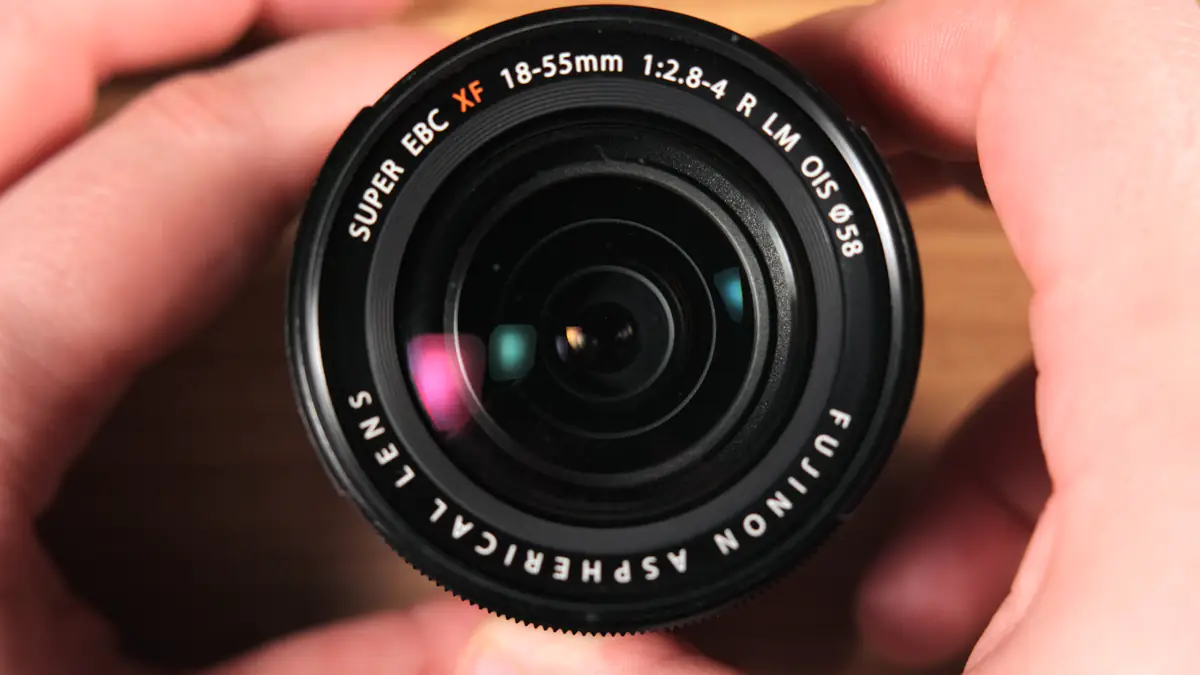
I had it when I tested the Fujifilm 18-55mm f/2.8, and yes, it’s a great lens. I can certainly believe the reviewers when they talk about how important it was for Fujifilm.
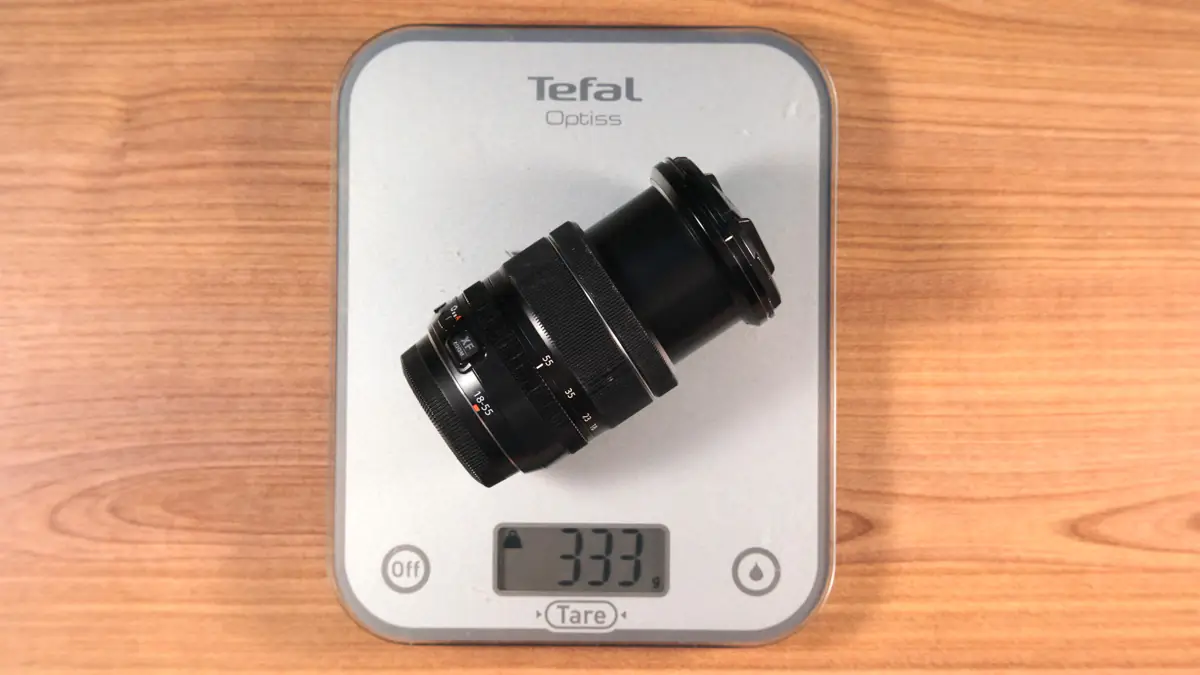
But the Fujifilm 18-55mm was important in the past. The Canon EF 24-105mm f/4L IS was relevant at a time when the EF platform was still widely used. The Panasonic S Vario-Elmarit 12-60mm, however, is important right now. It’s still highly relevant today because it comes bundled with what is arguably the best MFT camera in the world.
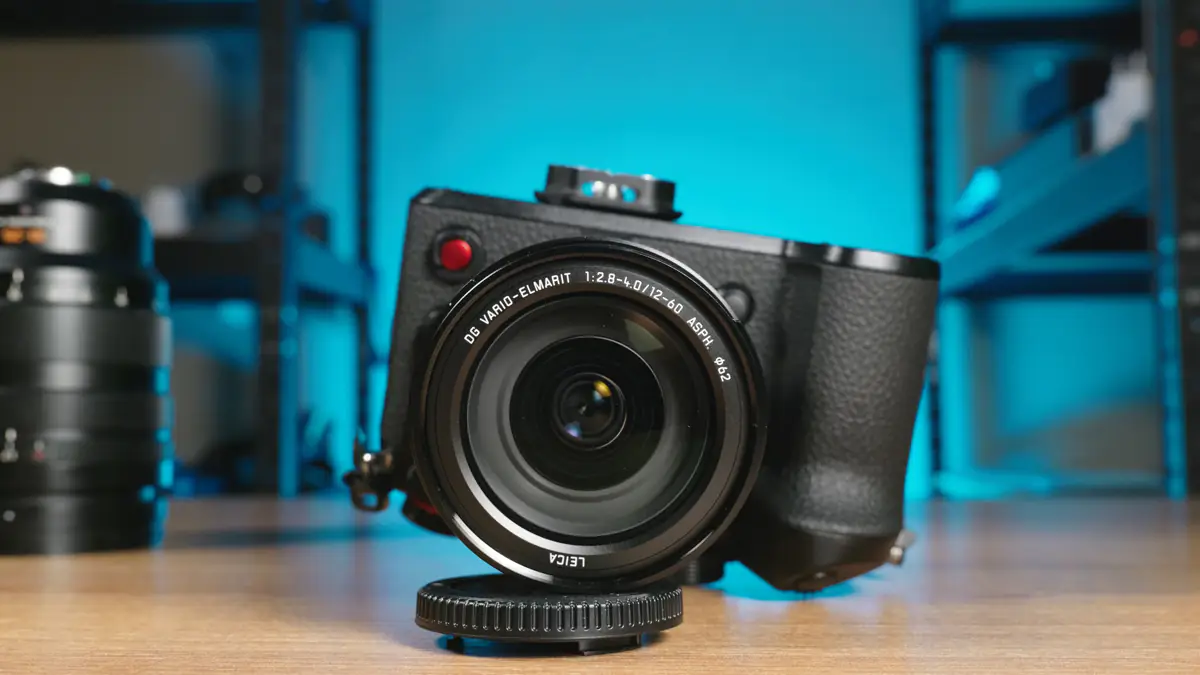
Honestly, if this lens were priced at $1180-1400, I wouldn’t be surprised. First off, it’s an Elmarit, part of Leica’s signature lineup, where the maximum aperture is guaranteed to be f/2.8 or better. The Elmarit line includes around 50 models, some of which are quite old, with mounts like R-mount, M-mount, and others.
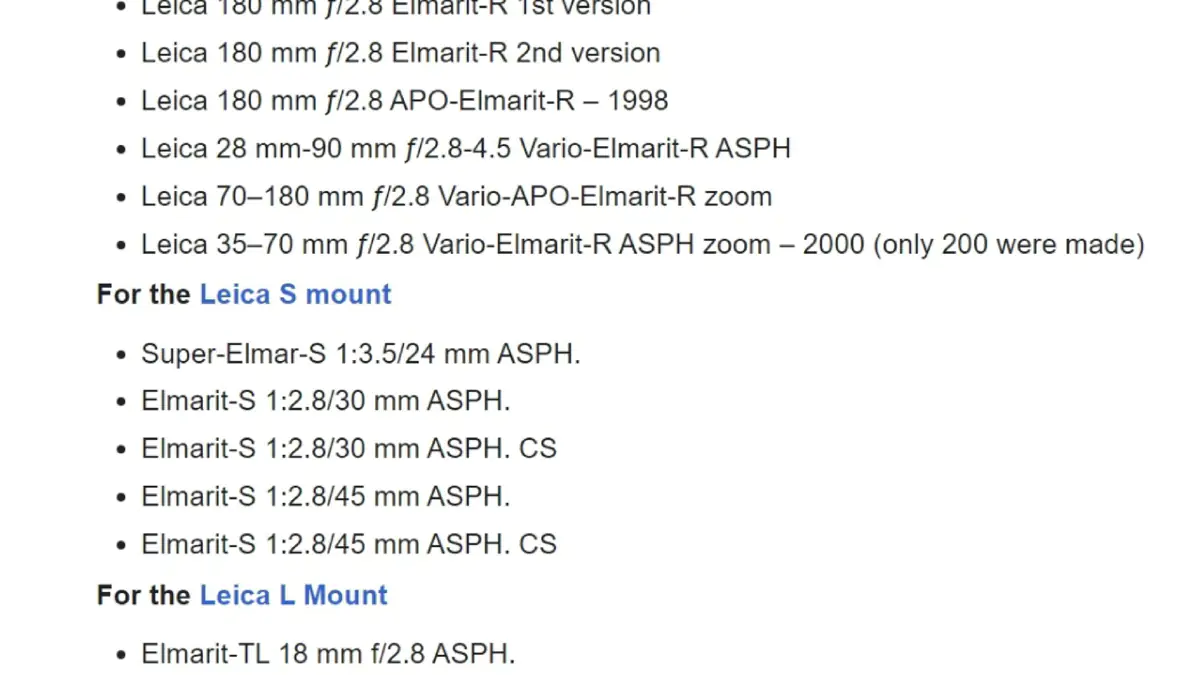
However, there are two things you should know. First, Elmarit means genuine Leica glass. This isn’t just a badge with a few filters, like what you get with OnePlus and Hasselblad. When you buy the GH7 with this kit lens, you’re getting authentic Leica optics. Second, this isn’t the best Leica lens for MFT. That honor goes to the LEICA DG SUMMILUX 9mm f/1.7 ASPH. This wide-angle lens can outperform many full-frame lenses in terms of value, and for MFT, you won’t find anything better.
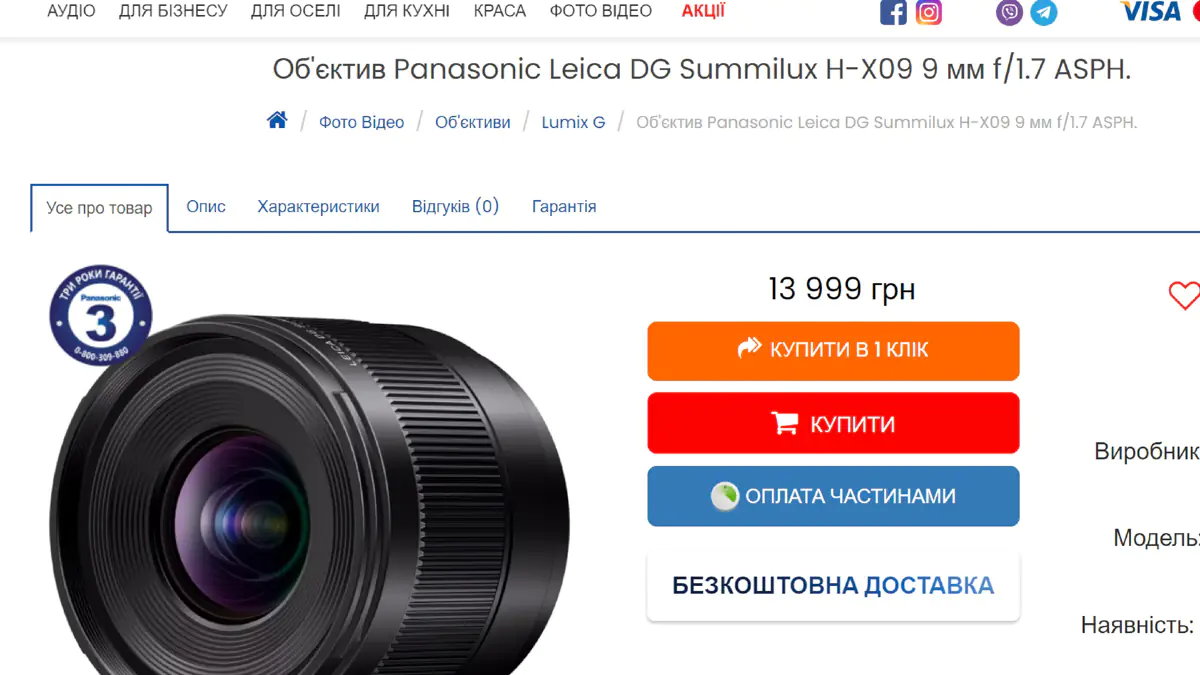
But let’s get back to the topic at hand. We’re talking about the zoom lens. Yes, the Panasonic S Vario Elmarit 12-60mm Power OIS is a zoom lens, which translates to 24-120mm in full-frame terms. While its aperture is variable, it ranges from f/2.8 to f/4.
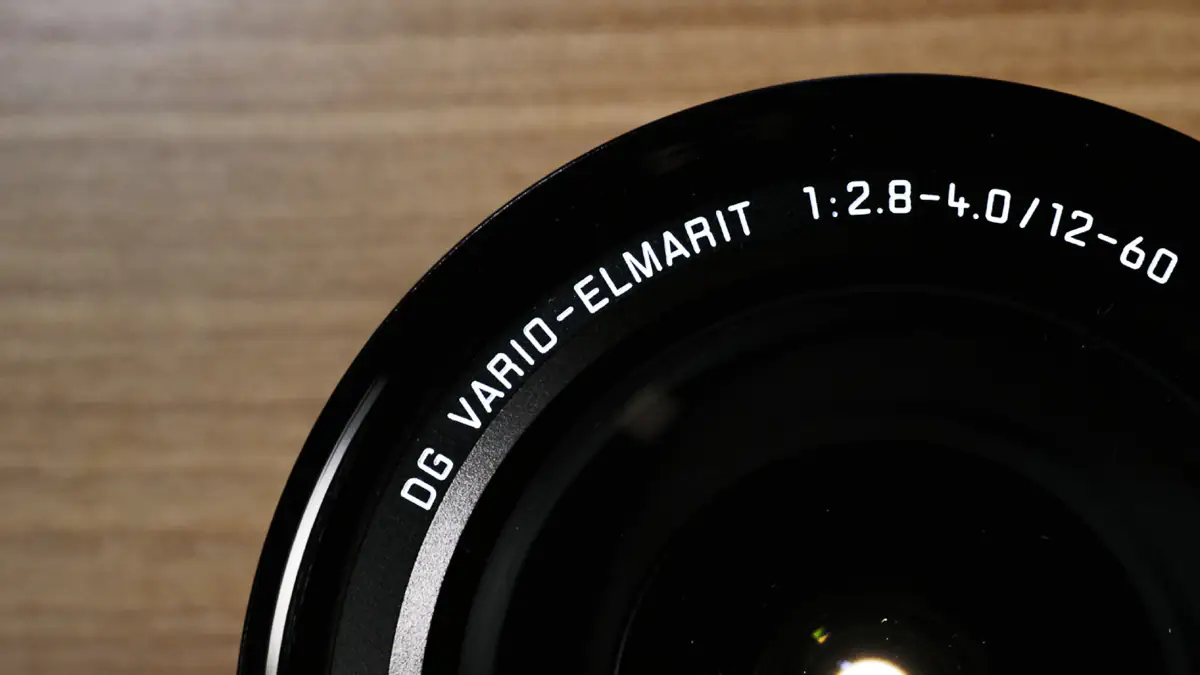
And just a reminder—since aperture in crop-factor terms doesn’t affect the image brightness but rather the bokeh, the Elmarit is better overall in terms of image brightness and slightly in focal length than my only choice for the L-mount, the LUMIX S PRO S-R24105E 24-105mm f/4 MACRO O.I.S.
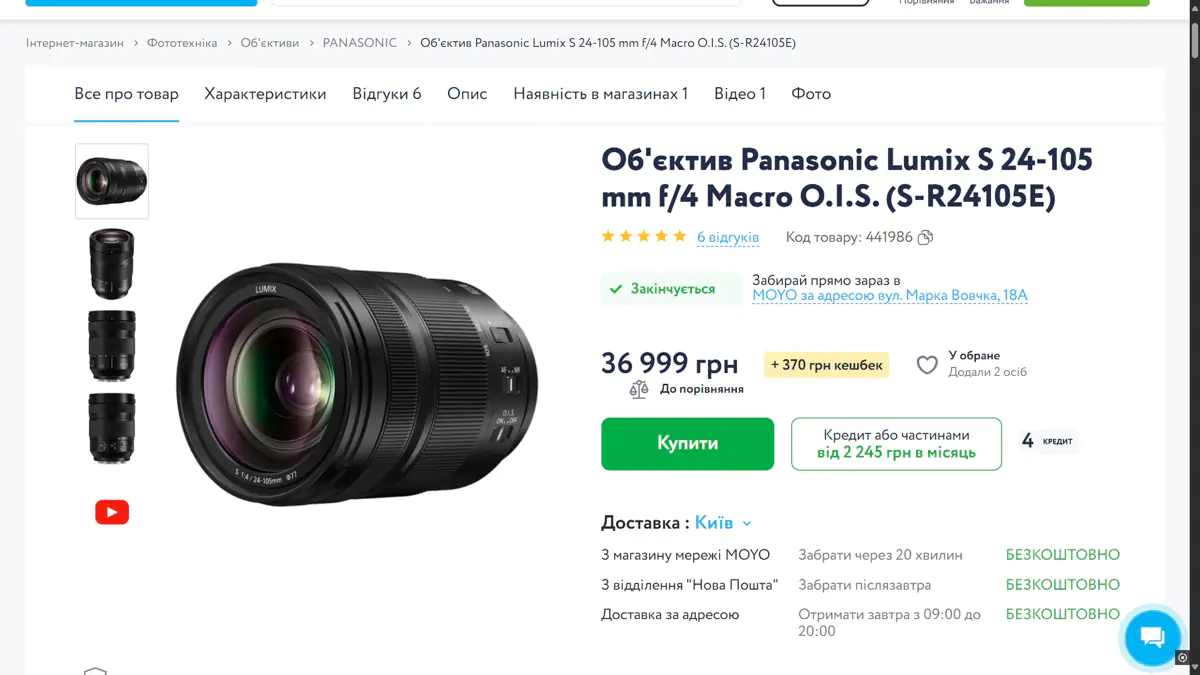
This is the lens I’d replace my kit 20-60mm with at the first opportunity. So, with the GH7, you get a lens that is BETTER than the one I’d want on a Full Frame. It’s better in almost every way, except for the bokeh. Why? Because it has optical stabilization. In my GH7 review, I mention that it works somewhat poorly, and I couldn’t directly compare the camera with just sensor stabilization to one with hybrid sensor-optical stabilization. But honestly, does it really matter what I want to test on my own? Not really, and it’s not that important to me. But examples are in the video:

I’m not a fan of Panasonic’s sensor stabilization. It has two settings: the first one is too weak and doesn’t correct hand shake effectively enough, while the second is too strong and “catches” the image when I, for example, do a parallax move around a smartphone. You can see examples of this at the beginning of the video.
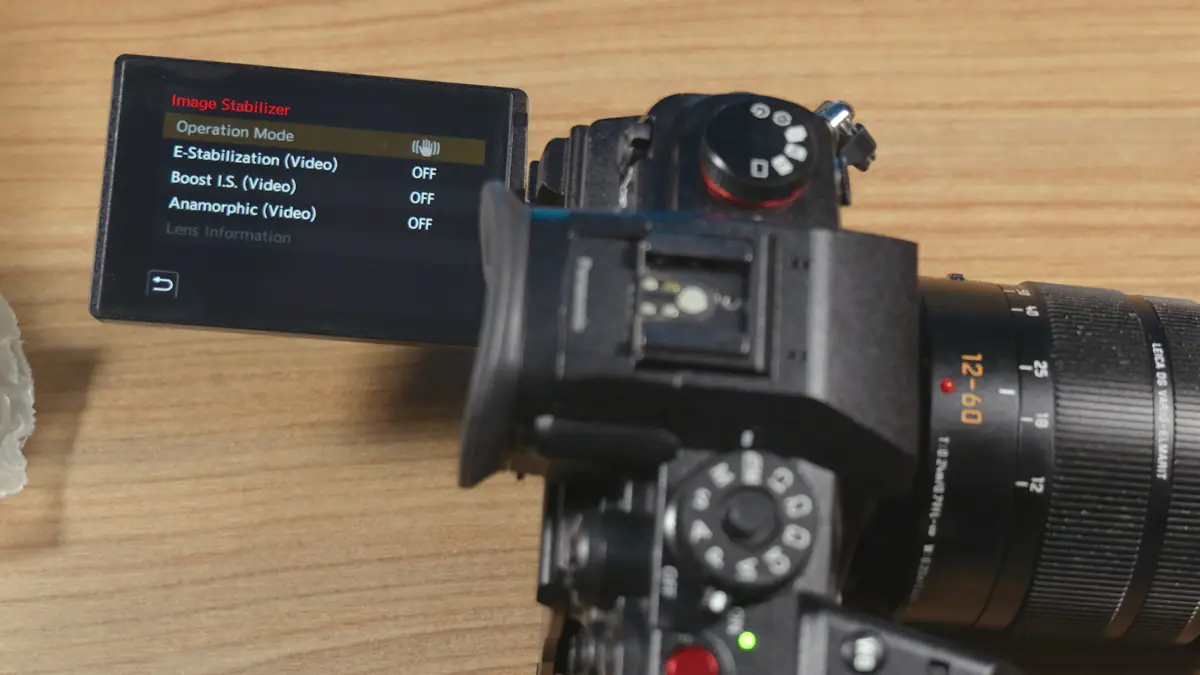
The stabilizer in the Canon EOS R6 was right in between those two settings. And even though Panasonic’s optical stabilization is objectively better than the digital stabilization in the R6, for my work, Canon’s system suited me much better.
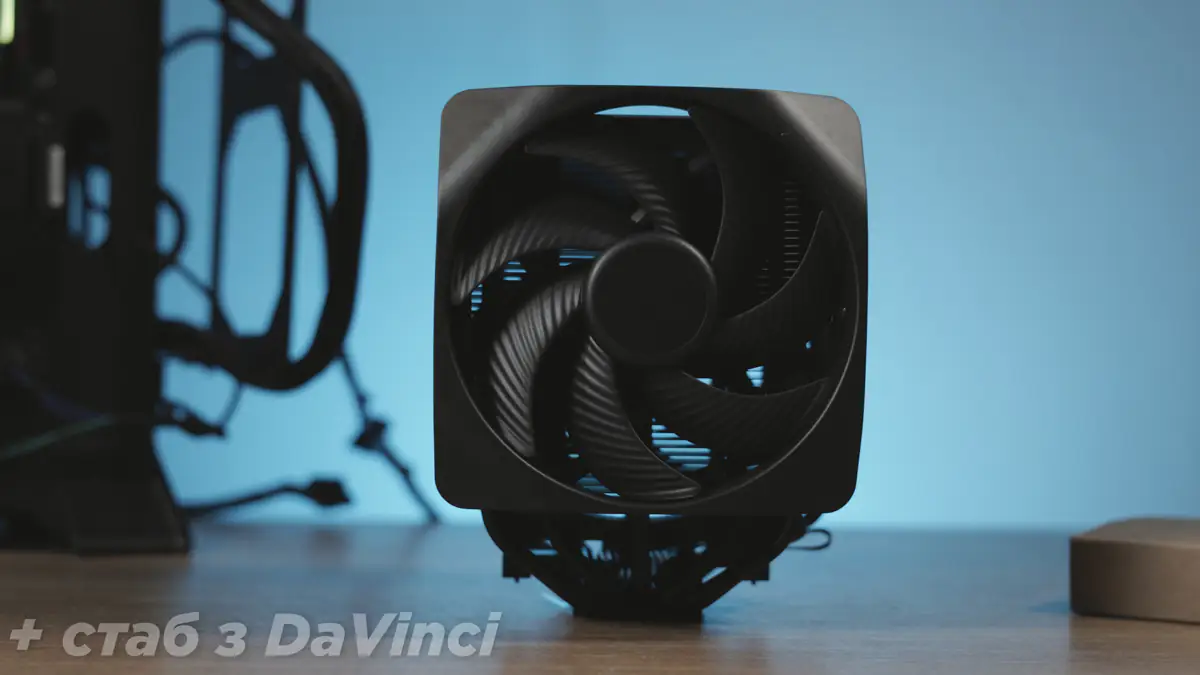
I’m mentioning this because the optical stabilization in the Elmarit works almost as well as in the R6, even at 120mm. I tested the R6 with a 50mm prime lens, and after testing the Elmarit, I realized I definitely need to test a full-frame 24-105mm. Even though it’s 4mm narrower than the kit lens, I need to check the optical stabilization. If it really performs the same as the S Vario, it would be a must-have.
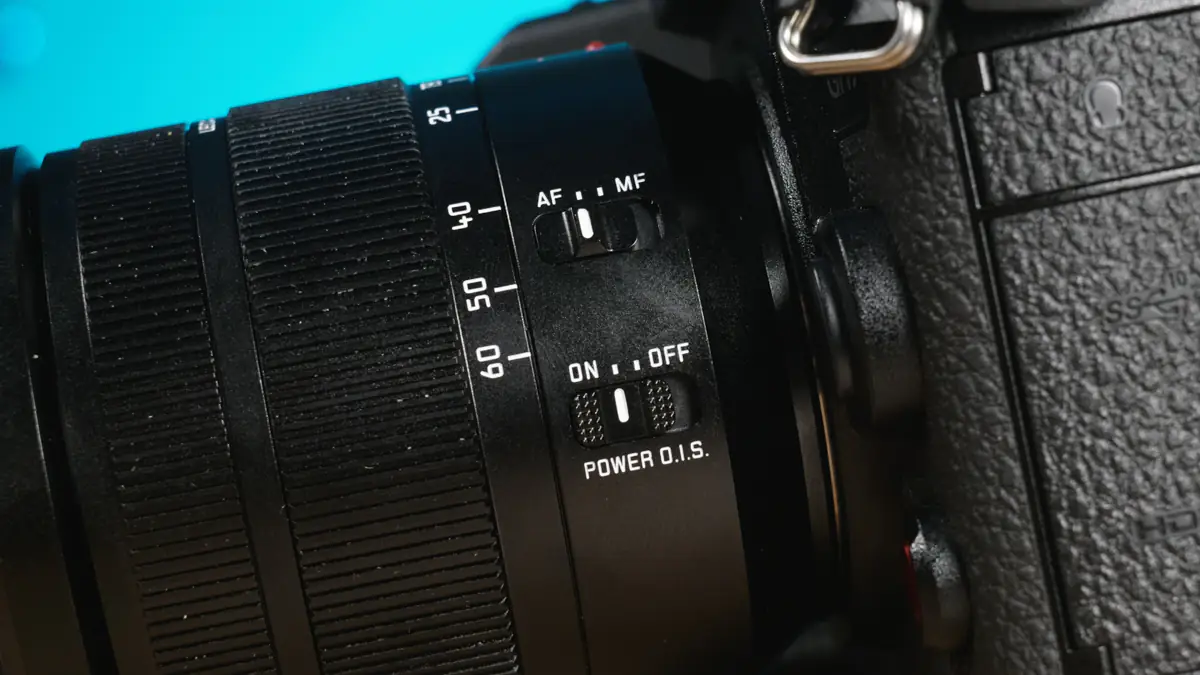
As for image quality, this lens was released 6 years ago, and back then, it was widely considered the best kit lens available. There are tons of reviews out there. Interestingly, it came as a kit lens with the Lumix G9, and it still does. To be honest, the G9 body costs $820, and with the Leica Elmarit lens, it’s $990. The lens alone costs $820. It’s the first time I’ve seen a camera and lens combo priced the same as the lens on its own.
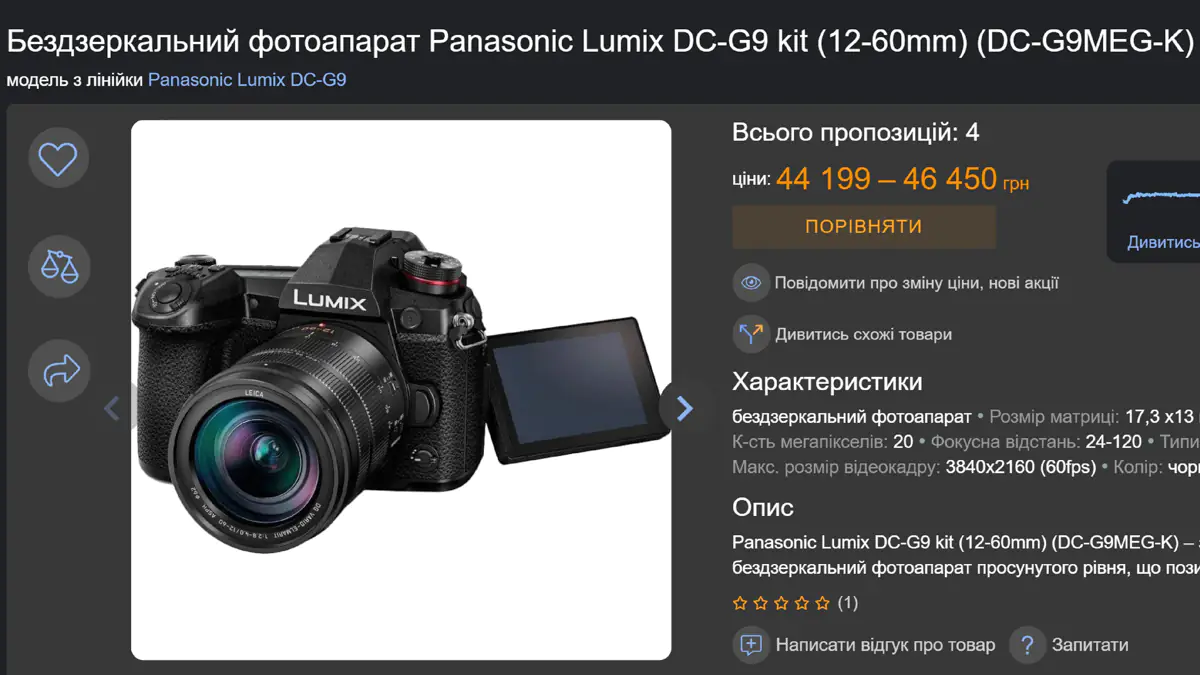
Again, compare this to the top-ranked lens in the rating—the Canon EF 24-105mm f/4L, which now only comes as a kit with the EOS 5D (where it’s still available), and that combo costs around $2360. The Fujifilm 18-55mm f/2.8 used to come as a kit with the H-S2, but that was a long time ago.
Build and test
There are plenty of reviews of the Panasonic Leica DG Vario-Elmarit 12-60mm. All of them say that it’s sharp, clear, and well-built.
Examples of photos on the Panasonic Leica DG Vario-Elmarit 12-60 in 4K can be found here
From my perspective, it has almost perfect build quality. The rings are metal, not rubber, and they’re both firm and responsive. The focus and stabilization switches feel different in terms of tactile feedback. The filter thread is 62mm, and it offers weather sealing.
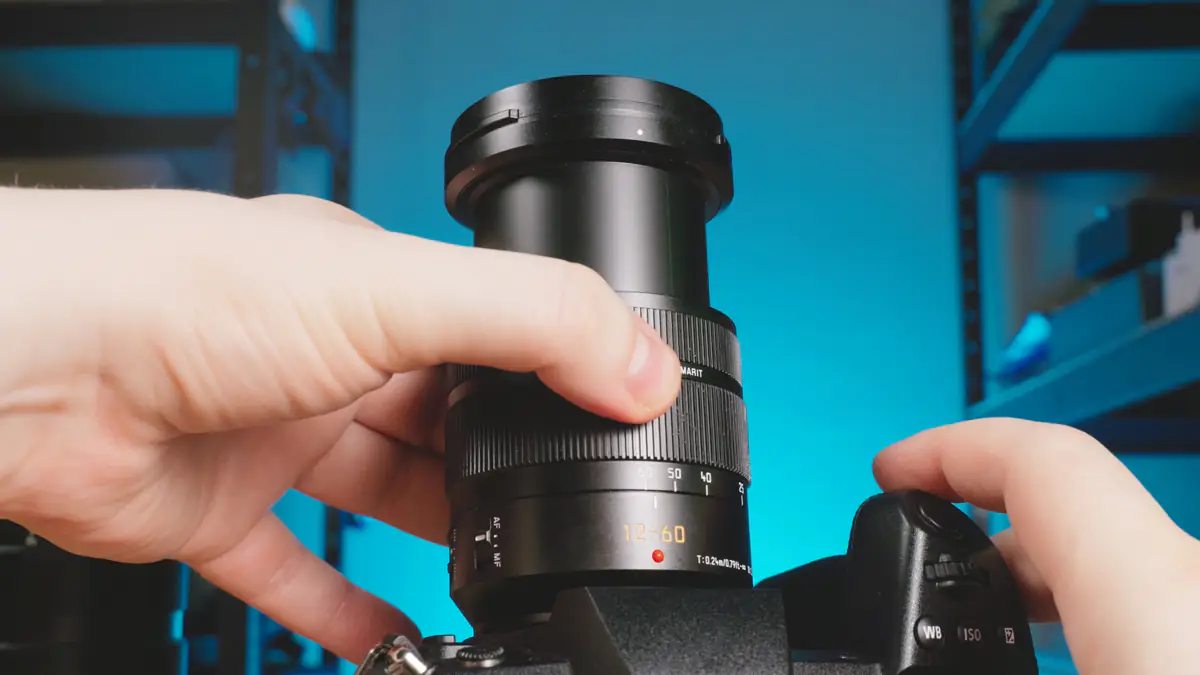
The zoom is not internal, but the length change between 12mm and 20mm is minimal. The autofocus noise is barely noticeable, especially when compared to the Summilux 10-25mm F1.7.
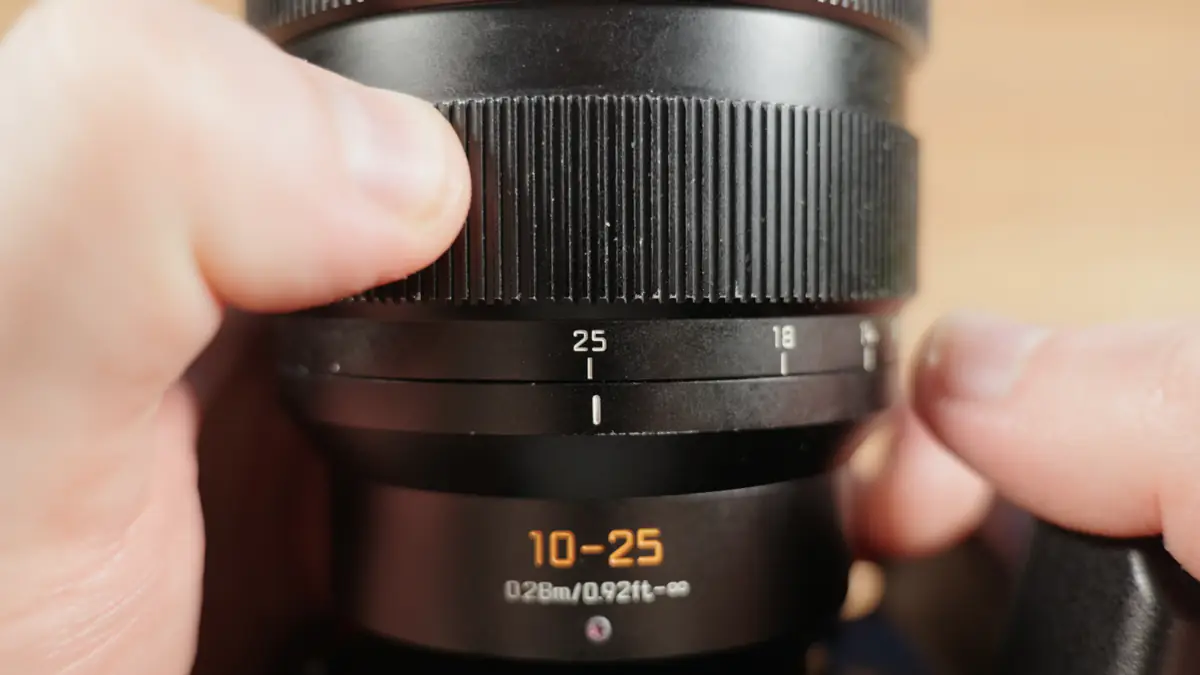
Does this lens have a drawback? Yes, a significant one. But it comes from the fact that the lens is several years old. It’s 9/10 suitable for most tasks, but that one point away from perfection sometimes shows up. How? For instance, during studio work, when light color is more important than exposure, combined with the Lumix GH7 in slow-motion mode and shooting in V-LOG.
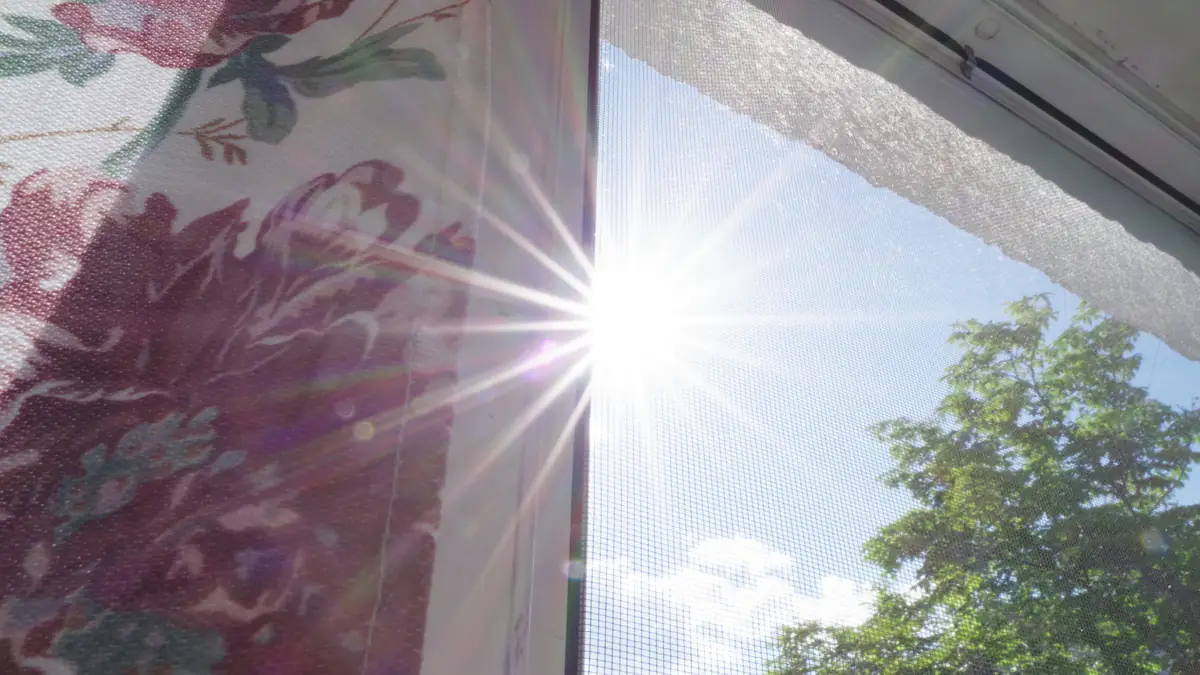
The thing is, to minimize noise in V-LOG, you need to expose to the right, which means increasing the brightness of the image. However, when shooting in 4K slow motion at 120fps, factoring in the 180-degree shutter rule and the maximum ISO of 2000 for V-LOG… it turns out that the S5 IIX performs much better in low-light conditions.
Of course, you can ignore the 180-degree shutter rule and set it to 270 degrees, which in some situations may not be noticeable. Specifically, in my case, since I use slow motion for stabilization purposes. However, it’s clear that for shooting people or fast-moving subjects, this could become an issue.
Conclusions
I don’t know why, but there was a 24-hour period in my life where I became completely obsessed with this lens. And that obsession didn’t let go until I finished this review. Because, in reality, the Panasonic S Vario Elmarit 12-60mm Power OIS is the best lens I’ve ever had on my desk in my entire life. Among lenses, that is. That wide-angle lens priced at $1200 doesn’t even come close.
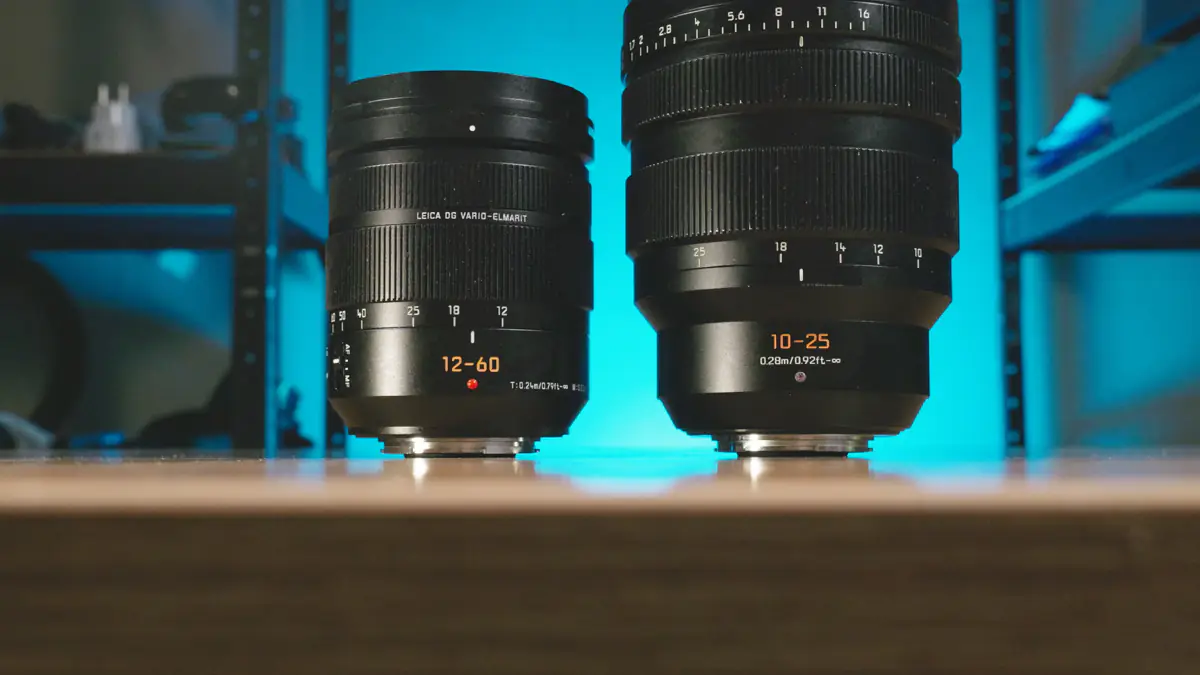
Not because the $1200 wide-angle lens is bad, but because this one is incredible. But that’s based on my criteria. In fact, according to my standards, any branded full-frame zoom lenses, except for the Lumix L 24-105 F4, aren’t useful to me, as they don’t combine the features I need: macro capability, wide angle, a maximum aperture of at least F4, and stabilization. And the Lumix 24-105 F4 costs $1000.
This lens essentially comes as a bonus with the G9. And unlike the rubber kit lens on the Lumix S5 IIX, I don’t know what could or should replace the all-metal Panasonic Leica DG Vario-Elmarit 12-60. It’s a kit lens that outperforms many retail models. Just add the Summilux 9mm F1.7, and you’ll be in a great spot. I highly and unquestionably recommend it.
Read also:
- ASUS TUF Gaming H1 Gen II Gaming Headset Review
- Review of the ASUS ROG Zephyrus G16 2024 Gaming Laptop with AMD Ryzen AI 9 HX 370
- Upgraded My Laptop for S.T.A.L.K.E.R. 2! ft. GOODRAM








